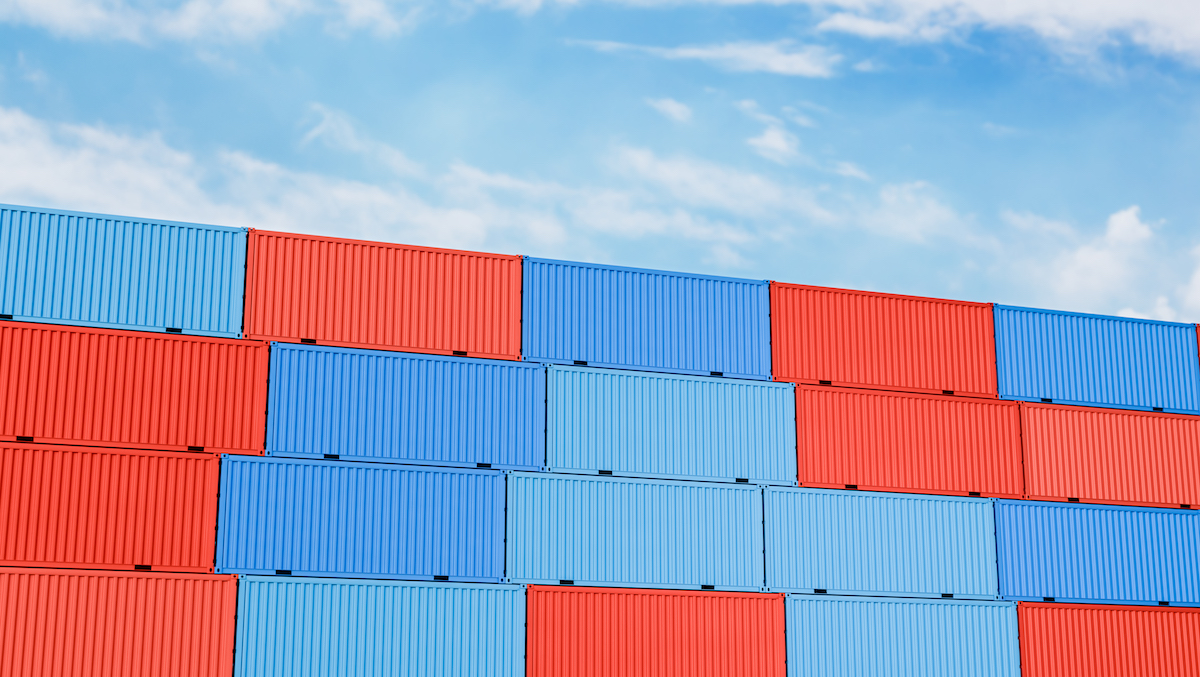Is Your Aging Infrastructure Putting You at Risk? | OneNeck

Amidst the day-to-day challenges of keeping systems running at optimal performance and defending against the changing threat landscape, the problem of aging infrastructure is a nagging issue that too often remains unaddressed. By leaving outdated hardware and applications intact, organizations are playing a dangerous game. Out-dated systems and software that are no longer supported by vendors create vulnerabilities, making an easy target for hackers to infiltrate the network.
As hackers grow increasingly more malicious and cybersecurity defenses become stronger, the tactics needed to launch a cyber-attack are becoming more sophisticated, mandating that organizations modernize their infrastructure to close the gaps in security. Too many organizations are failing to do this, exposing themselves to preventable risks.
92% of Devices Vulnerable!
Cisco’s Annual Security Report demonstrates that the problem of aging infrastructure is quite widespread. The report outlines how Cisco scanned 115,000 devices and found that 92% ran software with known vulnerabilities. On average, each of these devices had 26 potential weak points. Additionally, 8% of devices in use had reached end-of-life, while another 31% will reach end-of-life within the next four years.
We all understand that replacing hardware and legacy applications is both expensive and complicated and requires a significant expenditure of both human and capital resources. By failing to upgrade an aging infrastructure, organizations place themselves at risk for a breach as well as audit failure.
Why End-of-Life Technology Poses Risks
End-of-life (EOL) is any technology—hardware or software—that is no longer actively supported by the vendor with upgrades, patches and technical support. Running Windows XP on a PC is an example of EOL technology that poses a problem. Using EOL technology is not only risky, in the long run, it’s quite expensive.
Major risks posed by EOL technology include:
- Increased Vulnerability: Once a vendor stops supporting a product, you no longer receive security updates and patches, increasing the vulnerability of your infrastructure. Also, hybrid IT that includes public or private cloud applications and legacy systems have inherent incompatibilities that increase risk.
- Non-Compliance: Failure to protect your data according to regulatory standards means your organization risks significant fines and legal consequences. In the event of a data breach, the financial impact of noncompliance can be considerable.
- Poor Reliability: Aging hardware is more likely to break down and cause failure, possibly resulting in significant disruptions to your business operations, and costing you customers.
- Increased Support Costs: As infrastructure ages, it becomes harder to support. Hardware replacement parts can be difficult or even impossible to obtain. If an application breaks, it usually requires the assistance of outside expertise, making a fix much more expensive.
These risks clearly point to the need to replace technologies before reaching EOL.
Tackling the Problem of Aging Infrastructure
To understand the financial implications and cyber threat your aging infrastructure poses to your organization, you need to conduct a thorough assessment to understand your risk and take active steps to remedy the problem. A thorough assessment will help you to understand the where the risk lies in your infrastructure, create a comprehensive list of all vulnerabilities, and formulate a plan to replace or upgrade your infrastructure to address these risks.
By taking the time to assess their current infrastructure, many organizations have found that it isn’t worthwhile to upgrade their old hardware and have turned to outsource IT services. Outsourcing your IT infrastructure will save you both the capital outlay and maintenance costs associated with purchasing new equipment and maintaining an on-premises data center. Outsourcing allows you to take advantage of the latest technology and security, as well as lower your risk and increase the efficiency of your IT operations.




